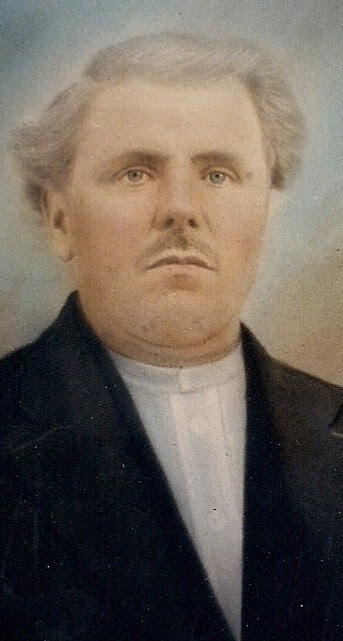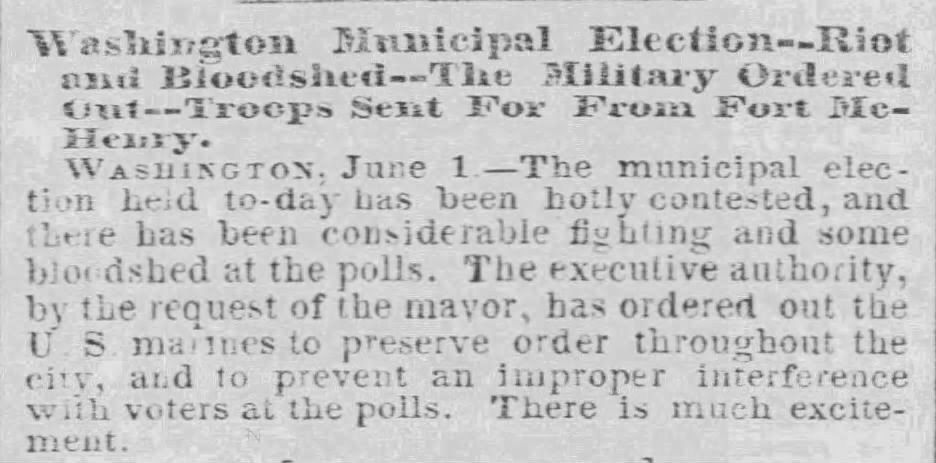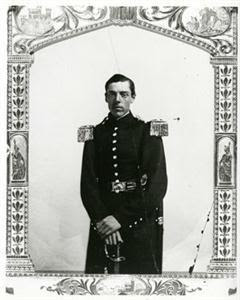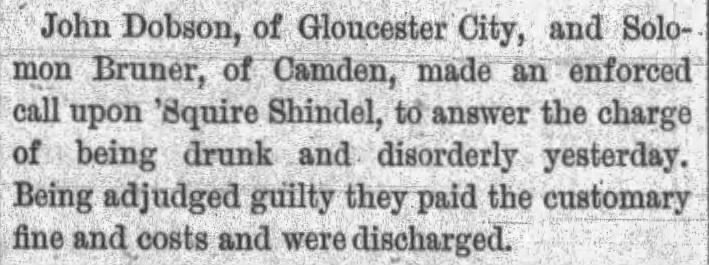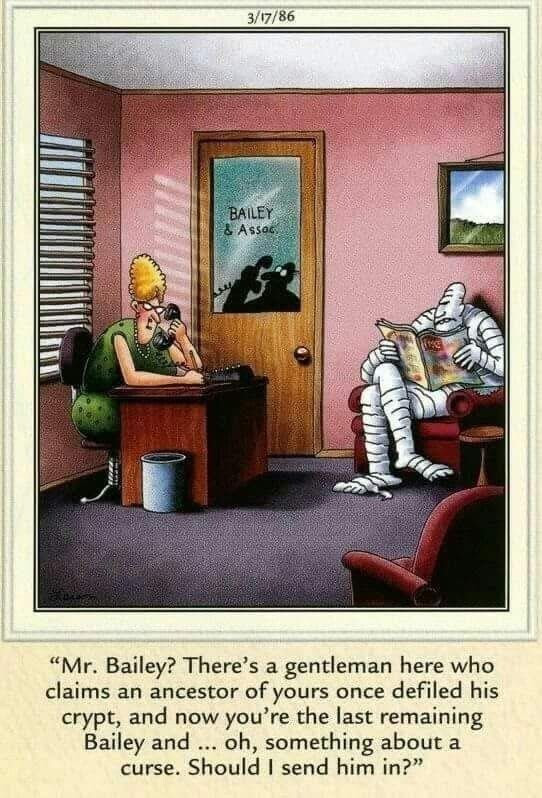
02 Oct Genealogy- Newsletter- September 6, 2025
Contents
 GENEALOGY- HE WASN’T SHOT IN THE WAR, BUT SUFFERED FOR 23 YEARS
GENEALOGY- HE WASN’T SHOT IN THE WAR, BUT SUFFERED FOR 23 YEARS
My wife’s three-times great-grandfather, Joseph Craig Needham, came to America at age 19 in 1841 or ‘42.
At the age of 40, he left his wife and their four children, aged 14 to 3 months, at home, and enlisted for three years on February 29, 1864, at Clarendon with Company H of the Michigan Eighth Infantry (pictured in his soldier’s uniform). There were ten other soldiers in Company H who were older than him.
His regiment served in front of Richmond when Lee evacuated on April 3, 1865. They were also in Washington the night Lincoln was shot. He was mustered out on July 30, 1865, serving one year, five months, and one day.
In 1877, he applied for his pension based on continuing paralysis, constant trembling of the hands and lower extremities, wasting tissue, and chronic dysentery. From 1879 on, he could not do any manual labor or even dress and undress himself. In those documents, it mentions his sergeant testified that during the war he was severely ill, suffering from swollen feet and legs, dropsy, chronic diarrhea, and lethargy. Joseph was awarded a pension of $72.00.
In 1879, another doctor described him over the last eight years as suffering from the effects of softening of the brain, partial paralysis of the left arm, headaches, impairment of memory, and finally, almost complete paralysis.
A neighbor in 1882 described him as perfectly helpless for the last three years, being paralyzed, not being able even to raise his head or hand, stand or walk, and suffering from dropsy with his feet being swollen to three times their natural size, being barely able to talk, with him having a very effusive smell about him that stunk up the entire house.
Later that same year, another neighbor described him as being as helpless as a one-year-old child, being badly paralyzed, and not being able to feed himself or attend to the calls of nature, with his limbs being badly swollen and giving off an offensive smell.
His son William built a Windsor chair to move him around, and a forked cradle that he rested his head in, which could be adjusted, so that they could change his position in bed. He finally died after 23 years of endurance on February 6, 1888, at the age of 64, in Eckford Township, Calhoun Co. He is buried at Bentley Cemetery at Bentley’s Corners in Calhoun Co.
His obituary and later picture below.
 GENEALOGY- THE PLUG UGLIES
GENEALOGY- THE PLUG UGLIES
While researching a note I had seen about 1857 being the last time the U.S. Marines were deployed to Washington, D.C., I checked into what that was about.
The Know-Nothing (a political movement) associated gang, the Plug Uglies, had travelled to Washington. D.C. from Baltimore on June 1, 1857, in an attempt to prevent German and Irish immigrants from voting in the local election. The Plug Uglies linked up with allied members of the Rip Raps and the Chunkers gangs and moved to Mount Vernon Square to harass anti-Know Nothing voters. They then returned to the square armed with pistols, clubs, bricks, and other weapons and charged into the crowd of voters. A brutal fight broke out, which the police were unable to stop, and by noon, President Buchanan had called out two companies of Marines to stop the riot. By the time the Marines arrived at Mount Vernon Square, the Know-Nothings had set up a barricade and were armed with a cannon they had taken from the Navy Yard. Archibald Henderson, Commandant of the Marine Corps, marched up to the cannon and placed his body in front of it so it could not be aimed at his men. This allowed the Marines to advance on their position, but a firefight soon broke out. Eight people were killed by the end of the day, and at least 15 were injured.
The Plug Uglies were an American Nativist criminal street gang (see picture), sometimes referred to loosely as a political club, that operated on the west side of Baltimore, Maryland, from 1854 to 1865. The term “plug ugly” was used to identify an extremely tough, ferocious fighter who could give a sound beating to an opponent, with the Plug Uglies’ name additionally stemming from their practice of stuffing oversized plug hats with wool and leather, pulling them down over their ears for head protection as primitive helmets during the numerous street battles they participated in. The name Plug Uglies was also used to refer to several criminal gangs in New York City, as well as Philadelphia. The Plug Uglies took part in the 1856 Baltimore Know-Nothing Riot.
 GENEALOGY- ELI LILLY AND GRANDPA
GENEALOGY- ELI LILLY AND GRANDPA
My Great-Great Grandfather Henry Smith Adams kept a diary during his service in the Union Army during the Civil War, and this was one of his daily entries:
#28 Memphis, TN July 5, 1862
John Eikenberry has returned. The weather is pretty warm but I guess we can stand it. This is fine country, well improved and has good water.
We have moved our camp into the city are now camped in the Charleston Depot. Our company that is Co. E is in the round house. We are on patrol duty and are called provost guards. It is our duty to walk the streets and dispose of crowds and pour out all intoxicating liquors. For me a part of this is rather unpleasant. I never liked to be continually in the presence of those that hate me. Last evening Sargent Snodgrass with Eli Lilly and I was sent to a fine mansion to arrest the owner and visitor (a Mr. King) for selling whiskey to soldiers and drinking toasts to Jeff Davis in this case. Lilly took one and I the other. I took Mr. King but we had to force them along. They tried to delay us in every way. I at one time feared a crowd that seemed to be gathering around us, but we hurried up a little and all went well. We took them to the Irving block where the Provost Marshall’s office was. As I turned Mr. King over to the prison guards, he gave me a silver half dollar and asked to go and inform his wife where he would stay the night, it then being dark. I knew where he lived and went and did as he requested me. When his wife opened the door she appeared a little frightened but thanked me very polite when I told her that Mr. King requested me to inform her that he would stay in the Irving Block that night.
We have since learned that either of these men were worth $100,000.
The Negroes (slaves of course) had a dance yesterday. For us in a very few looking on. They numbered 400 or 500 and in color ranged from jet black to white, was well dressed good dancers and appeared to enjoy themselves.
As ever yours, Henry S. Adams
Eli Lilly, who was also from Indiana, was clearly somehow familiar to Henry, as he did not explain who Lilly was. In case you don’t know, Eli Lilly was a Union Army officer (pictured to the right), pharmacist, chemist, and businessman who founded Eli Lilly and Company.
Here are excerpts of the description of Eli Lilly’s military service in his official biography_ Eli Lilly bio
Lilly enlisted in the Union Army at the start of the American Civil War, and his first child, Josiah, was born in 1861 while he was away. Lilly actively recruited among his classmates, friends, local merchants, and farmers, asking them to join him in forming a unit. He had recruitment posters created and posted them around Indianapolis, promising to form the “crack battery of Indiana”. His unit, the 18th Battery, Indiana Light Artillery, was known as the Lilly Battery and consisted of six ten-pound Parrott guns and 150 men. He mustered in at Indianapolis and spent a brief time drilling. His unit was assigned to the Lightning Brigade commanded by Colonel John T. Wilder in 1862, and Lilly was elected to serve as the commanding officer of his battery from August until the winter of 1863, when his three-year enlistment expired. His only prior military experience had been in Lafayette, Indiana, in a Legion unit, and several of his artillerymen considered him too young and intemperate to command. Despite his initial inexperience, he became a competent artillery officer, and his battery played a crucial role in several important battles. He first saw action in the 1863 Battle of Hoover’s Gap and later participated in the Second Battle of Chattanooga and the Battle of Chickamauga.
When Lilly’s term of enlistment ended, he reenlisted and was promoted to Major of cavalry and given command of the 9th Indiana Cavalry. During a mission in Alabama in December 1864, he was captured by Major General Nathan B. Forrest and held in a Confederate prisoner-of-war camp until the end of the war in the spring of 1865, when he was paroled and returned home. He was granted the brevetted rank of Colonel before being mustered out of the army. In his later life, he acquired a large atlas and marked the path of his movements during the war, as well as the locations of battles and skirmishes. He often used the atlas when telling war stories. His Colonel’s title stayed with him for the rest of his life, and his friends and family used it as a nickname for him. Lilly served as chairman of the Grand Army of the Republic, a brotherhood of Civil War veterans, in 1893. During his term, he helped organize an event that brought tens of thousands of war veterans, including Lilly’s battery, together with Indianapolis for a reunion and a large parade.
Lilly later obtained a large atlas, and marked the path of his movements during the Civil War and the location of battles and skirmishes in which he participated. He often used the atlas when telling war stories.
So, how could Eli Lilly be in Memphis on July 5, 1862, and then on July 9, 1852, have the newspapers announcing his formation of an artillery unit in Indianapolis?
I first checked to ensure that there were no other Civil War soldiers named Eli Lilly; there were not.
While on a recent trip to Indianapolis, we visited the Eli Lilly Civil War Museum, which is located separately from the Indiana War Memorial Museum. I was hoping to see the Atlas with it showing a detour to Memphis.
Over a few weeks, and chasing them down, getting detailed information on the whereabouts, I made the following discovery.
 GENEALOGY- ELI DILLY AND GRANDPA
GENEALOGY- ELI DILLY AND GRANDPA
I took another look at the original diary copies. I wondered if that “L” could be a “D”, and he was actually referring to an Eli Dilly.
So, sure enough, there was an Eli Dilly in the 47th Infantry. He was sadly killed at the Battle of Champion Hill, where Henry was wounded.
This exercise was a perfect illustration of confirmation bias, where you look for information to support your theory rather than disprove it. It also shows why there’s no substitute for getting original documents, as there are often transcription errors.
Of course, if Eli Lilly were not a household name, my brain might have confused it with Eli Dilly.
 GENEALOGY- GRANDPA AND THE ORPHAN TRAIN
GENEALOGY- GRANDPA AND THE ORPHAN TRAIN
In 1857, my wife’s three-time great-grandfather, Eli Mallory Balcome, was at the train station where a train arrived with a group of orphans who were put up for auction and adoption as field hands. Eli saw one weak-looking boy and figured he would never survive fieldwork, so he legally adopted three-year-old William as his son. William is pictured with his sister, my wife’s great-great-grandmother, Phila Elizabeth.
The Orphan Train Movement was a supervised welfare program that transported children from crowded Eastern cities in the United States to foster homes located mainly in rural areas of the Midwest, where farm labor was in demand. The orphan trains operated between 1854 and 1929, relocating about 200,000 children. The co-founders of the orphan train movement claimed that these children were orphaned, abandoned, abused, or homeless, but this was not always true. They were mostly the children of new immigrants and the children of destitute families living in these cities. Criticisms of the program include ineffective screening of caretakers, insufficient follow-ups on placements, and the fact that many children were used as strictly slave farm labor.
Three charitable institutions, the Children’s Village (founded in 1851 by 24 philanthropists), the Children’s Aid Society (established in 1853 by Charles Loring Brace), and, later, the New York Foundling Hospital, endeavored to move these children. The institutions were supported by wealthy donors and operated by professional staff. The three institutions developed a program that placed homeless, orphaned. They abandoned city children, who numbered an estimated 30,000 in New York City alone in the 1850s, in foster homes throughout the country. The children were transported to their new homes on trains labeled “orphan trains” or “baby trains.” This relocation of children ended in 1930 due to decreased need for farm labor in the Midwest.
 GENEALOGY- MORE ON SOLOMON BRUNER
GENEALOGY- MORE ON SOLOMON BRUNER
In the last couple of editions, we covered Solomon Howell Bruner’s final appearance as his coffin flew out of the hearse, and how he became Solomon Bruner Howell, the tailor in Philadelphia, for a period of time. The last remaining picture to share about his life was his 1882 encounters with the law.
In 1882, Solomon Bruner was arrested and charged with drunkenness and assaulting Harriet Stites. Harriet said that, in fact, they were never married but had lived as man and wife and had two children together. The claim not to be married would allow her to continue collecting her widow’s pension; however, if she remarried, she would lose the pension. Solomon stated that they were married. I was unable to find any marriage records for Solomon and Harriet.
 GENEALOGY- PRESERVE YOUR FAMILY HISTORY, TODAY
GENEALOGY- PRESERVE YOUR FAMILY HISTORY, TODAY
Reach out to Dancestors Genealogy. Our genealogists will research, discover, and preserve your family history. No one is getting any younger, and stories disappear from memory every year, eventually fading from our ability to find them.
Preserve your legacy and the heritage of your ancestors.
Paper gets thrown in the trash; books survive!
Ready to embark on your family history journey? Don’t hesitate. Call Dan Nelson and get your project started!




